South Africa and Zimbabwe exhibit contrasting ethnic landscapes, with South Africa home to over 50 ethnic groups, including diverse African tribes, European descendants, and Asian communities reflecting historical trade ties. Zimbabwe, in contrast, is predominantly inhabited by indigenous Shona and Ndebele people with fewer foreign influences. These differences translate into distinct social dynamics, criminal activities, media representation, and healthcare disparities, such as life expectancy trends, shaped by unique historical and political contexts, highlighting the contrasting paths of these two southern African nations.
“Uncover the diverse ethnic fabrics of South Africa and Zimbabwe, two nations with distinct yet captivating cultural landscapes. This article delves into the most common ethnic groups that shape these countries’ rich tapestry. From the vibrant mix of South Africa’s population, where no single group dominates, to Zimbabwe’s majority ethnic composition, we explore comparisons and contrasts. Discover how these nations navigate their unique cultural identities, revealing both commonalities and a myriad of diversities that define their heritage make-up.”
- South Africa's Diverse Ethnic Landscape
- Zimbabwe's Predominant Ethnic Groups
- Exploring Cultural Composition in SA
- ZIM's Top Three Ethnicities
- Comparisons: Nations' Heritage Make-up
- Unveiling Commonalities and Diversity
South Africa's Diverse Ethnic Landscape
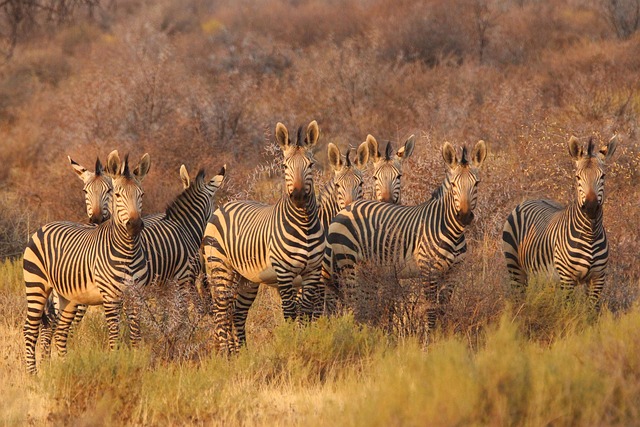
South Africa stands as a vibrant microcosm of diverse ethnic groups, reflecting its complex history and colonial past. The country’s ethnic landscape is characterized by a rich tapestry of indigenous African tribes, such as Zulu, Xhosa, Sotho, Tswana, and Ndebele, alongside significant populations of European descent, primarily Dutch and British, who arrived during the colonial era. Additionally, there are substantial numbers of Asian South Africans, particularly of Indian and Indonesian heritage, reflecting the country’s historical trade connections. This diversity is further amplified by immigrants from various African nations, contributing to a melting pot of cultures.
Comparatively, Zimbabwe, while also ethnically diverse, presents distinct demographic patterns. The Shona and Ndebele people form the largest ethnic groups, deeply rooted in the nation’s history and culture. Unlike South Africa, Zimbabwe has seen fewer significant European or Asian influences, with its population predominantly consisting of indigenous tribes. The social dynamics influencing criminal activities and media representation in both nations differ markedly; South Africa grapples with the challenges of post-apartheid integration, while Zimbabwe navigates political instability and its reasons and impacts on local communities’ food security. Life expectancy trends in both countries vary, with healthcare initiatives like overcoming disparities playing a pivotal role in addressing these disparities.
Zimbabwe's Predominant Ethnic Groups

Zimbabwe, like many countries on the African continent, boasts a diverse range of ethnic groups, each contributing to the rich cultural tapestry of the nation. The two largest and most prominent ethnic groups in Zimbabwe are the Shona and Ndebele people. The Shona, who mainly inhabit the northern and eastern regions, are known for their vibrant artistic expressions reflecting societal shifts and changes, often seen in galleries, artists, and cultural exchange initiatives. Their traditions include intricate wood carving, pottery, and weaving, while their language, Shona, forms the basis of many local dialects. The Ndebele, concentrated primarily in the western parts, are celebrated for their distinctive textile art and vibrant painted houses.
In contrast to Zimbabwe, South Africa is known for its even more diverse population, with a multitude of ethnic groups coexisting within its borders. While it’s difficult to pinpoint specific dominant ethnic groups due to the nation’s complex demographic makeup, historical influences, and ongoing migration patterns, the Zulu, Xhosa, Sotho, Tswana, and Venda are among the largest and most recognized communities. This diversity is mirrored in South Africa’s artistic scene, where galleries, artists, and cultural exchange play pivotal roles in showcasing the country’s rich tapestry of traditions and promoting food security through diverse culinary practices. The reasons and impacts on local communities for these cultural expressions vary widely across both nations, offering unique insights into their respective societal structures and historical journeys.
Exploring Cultural Composition in SA
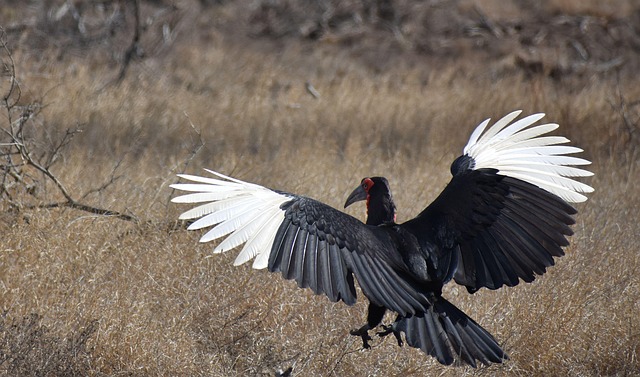
South Africa and Zimbabwe, two neighboring countries in Southern Africa, present fascinating contrasts in their cultural compositions. In South Africa, the diverse population reflects the country’s complex history, with significant ethnic groups including Black African (Zulu, Xhosa, Sotho, Tswana, etc.), White African (primarily Afrikaans-speaking descendants of Dutch and German settlers), Indian, and mixed-race communities. This multiculturalism is further enhanced by bilingualism and language preservation efforts, where 11 official languages are recognized, fostering a rich tapestry of galleries, artists, and cultural exchange.
In contrast, Zimbabwe’s population is predominantly composed of Shona and Ndebele speakers, with smaller groups like the Venda, Tonga, and other Bantu-speaking tribes. While urban populations in Harare exhibit vibrant cultural diversity, rural areas have historically faced challenges related to agriculture and women’s empowerment. However, achievements in women’s empowerment and ongoing language preservation efforts demonstrate a commitment to preserving indigenous heritage. When comparing Johannesburg vs Harare, one notices the stark contrast in the pace of cultural development, with Johannesburg being a bustling metropolis that embodies contemporary urban life, while Harare retains its traditional charm and unique cultural identity. Give us a call at [your contact information] for more insights on these dynamic countries.
ZIM's Top Three Ethnicities
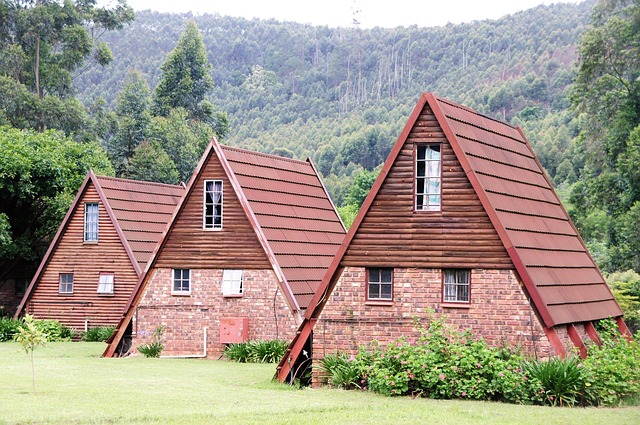
Zimbabwe, like its neighboring country South Africa, is home to a diverse range of ethnic groups, each contributing to the nation’s rich cultural fabric. The top three ethnic groups in Zimbabwe are Shona, Ndebele, and Chewa, making up a significant portion of the population. The Shona people, predominantly located in the north and central regions, are known for their vibrant art, intricate carvings, and traditional songs. In contrast, the Ndebele, centered mainly in the western parts, are renowned for their distinctive red-painted houses and vibrant textiles. Chewa communities are dispersed across the country, known for their rich oral traditions and agricultural expertise.
While both countries share historical ties and some cultural similarities, their ethnic compositions differ notably. South Africa boasts a more diverse population with over 50 recognized ethnic groups, including Zulu, Xhosa, Sotho, Tswana, and Venda. Zimbabwe’s demographics are relatively more homogenous, with the top three ethnicities comprising a large majority of the nation. Food security concerns have been a point of focus in both countries, but South Africa, with its vast agricultural sector and robust government support infrastructure, has made significant strides in addressing hunger compared to Zimbabwe, where internal and cross-border migration patterns have impacted food availability and accessibility. The news coverage of political events in both nations reflects these disparities, highlighting the need for sustainable solutions, such as those found at addressing hunger: government interventions in SA and Zimbabwe.
Comparisons: Nations' Heritage Make-up
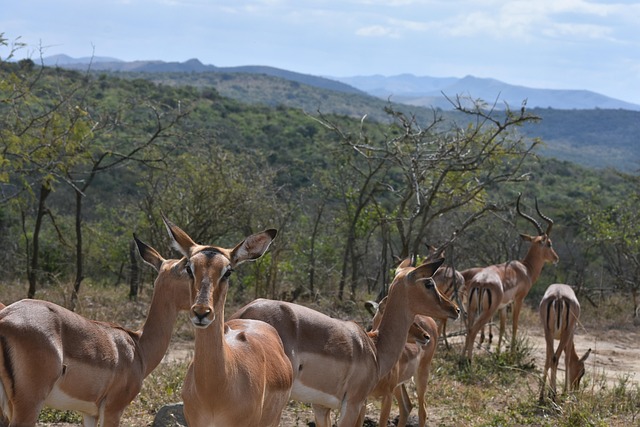
In exploring the ethnic fabric of nations, comparisons between countries like South Africa and Zimbabwe reveal intriguing differences shaped by unique historical and geographical contexts. South Africa, with its diverse landscape encompassing mountains, deserts, and coastal regions, boasts a population comprising over 50 ethnic groups, primarily classified as Black, White, Indian, and Coloured (a term used to describe individuals of mixed descent). This cultural mosaic is reflected in the country’s vibrant art scene, with galleries showcasing works from renowned South African artists who often draw inspiration from their diverse backgrounds. Conversely, Zimbabwe, nestled in Southern Africa, has a more homogeneous ethnic makeup dominated by Shona and Ndebele people, though it too harbors rich cultural diversity inherited from its historical interactions with neighboring countries.
South Africa’s border regions compared to Zimbabwe present distinct migration patterns influenced by economic opportunities and political climates. Internal and cross-border migration has played a significant role in shaping both nations’ cultures. While South Africa has experienced substantial internal shifts, particularly during the era of apartheid when many Black South Africans were forcibly relocated, Zimbabwe has also seen its fair share of migration, with artists and cultural practitioners often crossing borders to engage in galleries, exhibitions, and collaborative projects, fostering an exchange that enriches both countries’ artistic landscapes. Visit us at leadership changes over the past decade culture anytime to witness firsthand how these dynamics contribute to the vibrant tapestry of Southern Africa.
Unveiling Commonalities and Diversity
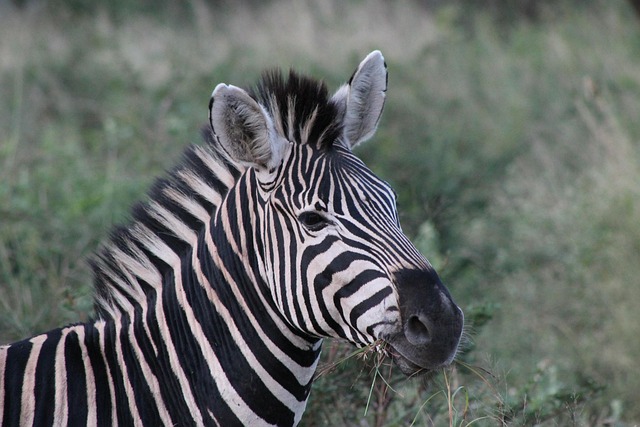
In exploring the ethnic fabric of countries like South Africa and Zimbabwe, we uncover both commonalities and stark contrasts that reflect broader African narratives. Both nations boast rich cultural landscapes characterized by diverse languages and traditions, with a significant influence from their respective histories of colonialism and indigenous heritage. However, delving deeper reveals unique dynamics.
South Africa’s border regions, for instance, compared to Zimbabwe, exhibit vibrant blends of ethnic groups due to historical migrations and post-apartheid policies. Traditional vs modern perspectives play out vividly in urban and rural settings, where innovations in healthcare access and tourism have significantly impacted communities. Zimbabwe, on the other hand, grapples with ethnic disparities often exacerbated by political tensions, yet it boasts its own unique cultural tapestry woven from diverse languages and practices. Exploring these differences offers a nuanced understanding of how historical context shapes ethnic dynamics, from crime rates to the preservation of language and cultural heritage sites that attract global tourists, ultimately inviting us to find us at ecotourism opportunities.
In exploring the ethnic compositions of South Africa and Zimbabwe, we’ve uncovered distinct yet fascinating similarities. Both nations boast a rich tapestry of diverse ethnicities, with no single group dominating. South Africa, known for its vibrant multiculturalism, has a complex mix of African, European, Asian, and indigenous heritage, while Zimbabwe’s population is primarily comprised of Shona and Ndebele people, reflecting a stronger indigenous influence. Despite these differences, both countries demonstrate the power of cultural diversity, offering valuable insights into the global human experience. Comparisons between South Africa vs. Zimbabwe highlight not only their unique ethnic make-ups but also the importance of embracing and celebrating diverse heritage worldwide.
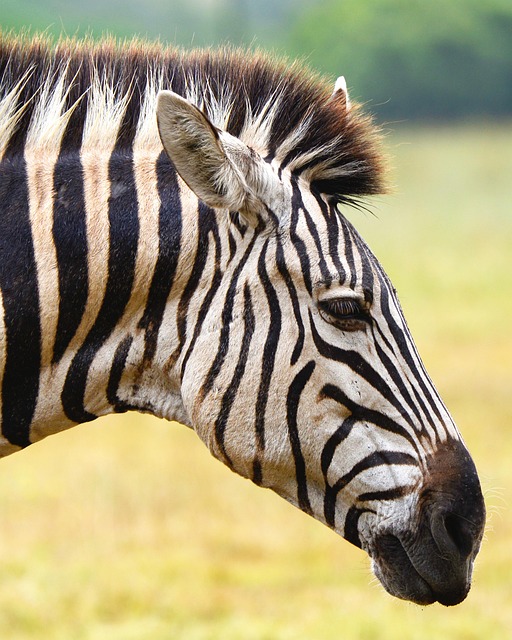




Leave a Reply